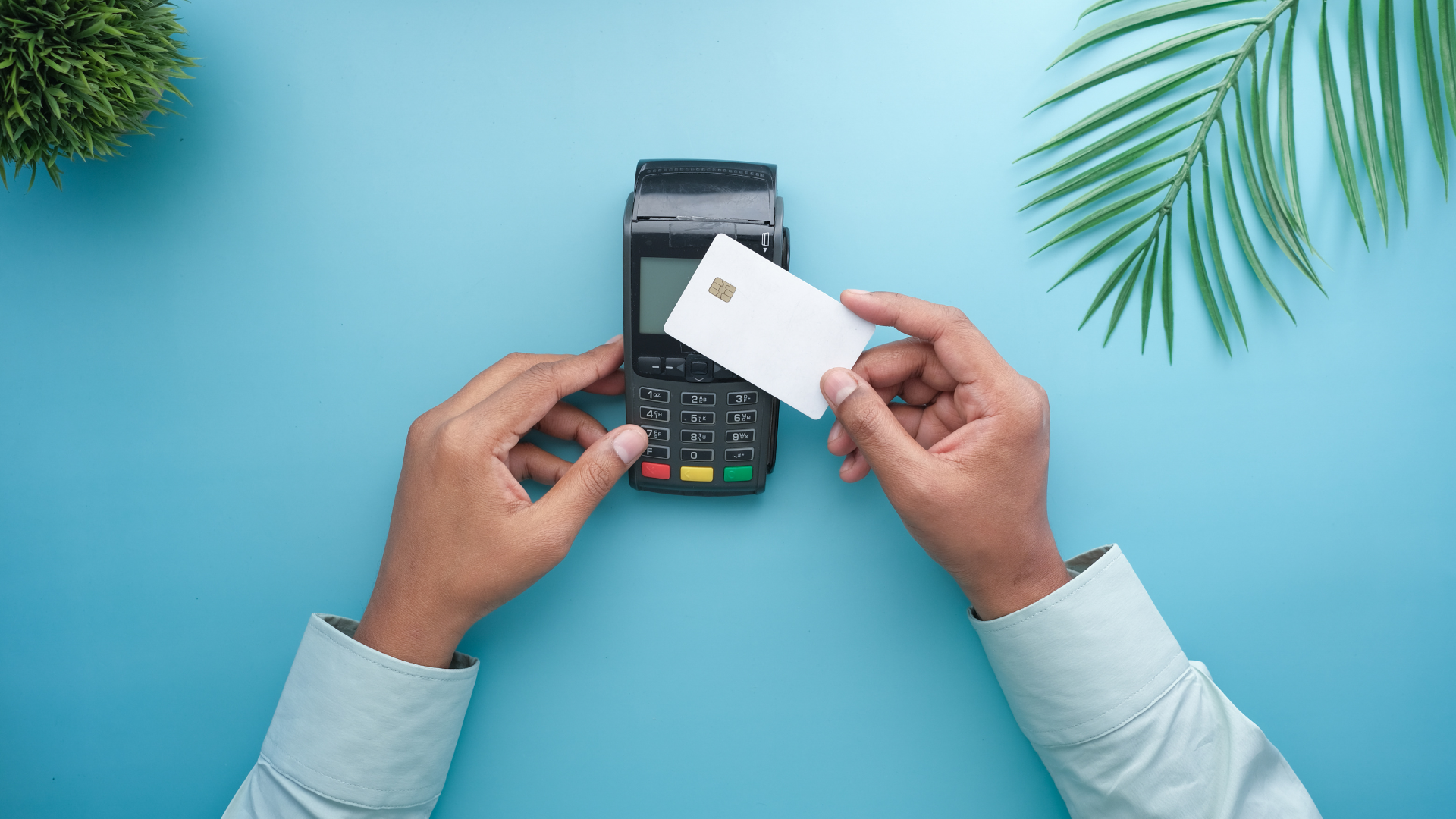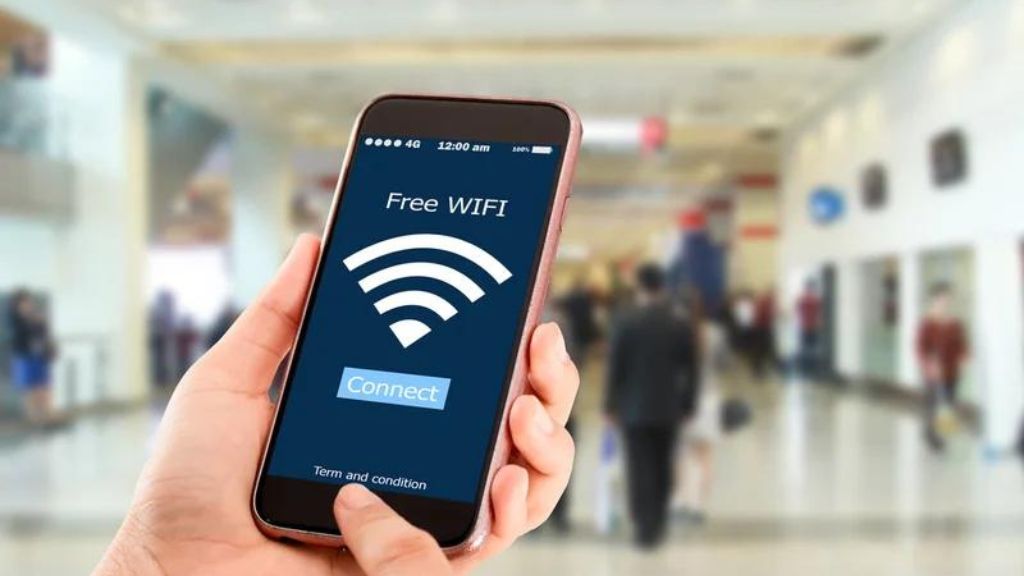Credit card skimmers are a growing concern in today’s digital age. These devices, designed to steal sensitive financial information, pose a significant threat to consumers. In this article, we will explore what credit card skimmers are, how to spot them, the consequences of falling victim to these scams, and effective measures to protect yourself against this form of fraud. By increasing your awareness and taking necessary precautions, you can minimize the risk of falling prey to credit card skimming scams and keep your credit cards, debit cards, and bank accounts safe.
What is a Credit Card Skimmer?
A credit card skimmer refers to a deceptive device or software employed by scammers to illicitly acquire sensitive financial information from unsuspecting individuals. These malicious tools are designed to intercept and record credit card data during legitimate transactions. Skimmers can be found on various payment terminals such as point-of-sale terminals (POS), automated teller machines (ATMs), and gas pump card readers at gas stations. The primary objective of a skimmer is to covertly obtain critical card details, including the card number, expiration date, and even the cardholder’s personal identification number (PIN).
Skimmers come in different forms, each with its own unique method of operation. Overlay skimmers are placed on top of legitimate card readers, blending in seamlessly and capturing card information when the magnetic stripe or EMV chip is swiped or inserted. Insert skimmers, on the other hand, are physically inserted into the card slot of a device, enabling them to read and record card data during transactions. Wireless skimmers utilize technologies such as Bluetooth to wirelessly transmit the stolen information to the perpetrators, who can be located nearby or even remotely. Additionally, there are specialized skimmers designed specifically for ATMs, which can be attached to the card slot or the keypad area. These skimmers are often accompanied by hidden cameras to capture PIN numbers entered by unsuspecting victims.
The stolen credit card information obtained through skimming devices can have severe consequences for individuals who fall victim to these scams. Cybercriminals can use the stolen data to create counterfeit credit cards or conduct fraudulent transactions, leading to financial loss and potential identity theft. It is crucial for consumers to remain vigilant and knowledgeable about credit card skimmers in order to spot them effectively, thereby minimizing the risk of falling prey to these fraudulent activities.
How to Spot a Credit Card Skimmer
Credit card skimmers are often implemented very deceptively. As such, it can be difficult, although not impossible, to spot credit card skimmers. Being able to spot these skimmers is crucial in protecting yourself from falling victim to fraud. Use the following methods will help you steer clear of credit card skimmers:
- Physical Inspection: Skimmers can often be identified through visual inspection. Look for any signs of tampering or irregularities in the appearance of card readers or ATMs. Pay attention to the following indicators:
- Loose or mismatched components
- Sticky residue or tape residue around the card slot
- Misaligned or protruding parts
- Different colors or materials used
- Tug-and-Pull (Wiggle) Test: Give the card reader or ATM a gentle tug/wiggle to check if it is firmly attached. Skimmers are often installed as overlays or attachments and may come off easily when pulled.
- Keypad Inspection: Skimmers may also include fake keypads or overlays designed to capture PIN numbers. Check for any unusual or loose keypads, misaligned buttons, or unusual thickness around the keypad area.
- Hidden Cameras: Some skimming devices include tiny cameras to capture PIN entries. Look for any unusual objects or holes near the card reader that may conceal a camera lens.
- Bluetooth Detection: Use your smartphone’s Bluetooth settings to scan for any suspicious Bluetooth devices in the vicinity. Skimmers often utilize Bluetooth technology to transmit captured data wirelessly.
- Trust Your Gut: If something feels off or looks suspicious, trust your instincts. If a card reader or ATM doesn’t feel right, consider finding an alternative location or alerting the owner or relevant authorities.
What Happens When Your Credit Card is Skimmed?
When your credit card is skimmed, criminals obtain your card information, including the card number, expiration date, and sometimes even the PIN. This stolen data is then used to create counterfeit cards or conduct unauthorized transactions. The consequences of credit card skimming can be severe and may include:
- Unauthorized Charges: Skimmers can use your stolen card information to make fraudulent purchases, often resulting in financial loss until the issue is resolved.
- Identity Theft: Skimming often involves capturing personal information along with credit card data. This can lead to identity theft, where criminals use your information to open new accounts or commit other forms of fraud.
- Account Compromise: If your credit card information is skimmed, your account may be compromised, and you may have to go through the hassle of canceling your card, disputing fraudulent charges, and potentially dealing with credit score impacts.
How Do You Know if Your Card Has Been Skimmed?
Detecting credit card skimming can be challenging since the theft is often discreet. However, there are several signs that may indicate your card has been skimmed:
- Unrecognized Charges: Review your credit card statements regularly and carefully. If you notice any unfamiliar or suspicious charges, it could be a sign that your card has been skimmed.
- Notifications from Your Bank: Banks and credit card issuers often have fraud detection systems in place. If they detect unusual activity on your account, they may contact you to verify transactions or inform you of potential fraud.
- Multiple Cards Compromised: If you find that several of your cards from different accounts have been compromised simultaneously, it is a strong indication that your card information has been skimmed.
- Unusual Account Behavior: Keep an eye out for any unexpected notifications, such as account password changes or unfamiliar email communications, as these could be signs that your account has been compromised.
How Do You Avoid Credit Card Skimmers?
While credit card skimmers continue to evolve, there are several measures you can take to protect yourself:
- Stay Alert: Be aware of your surroundings when using your credit card. Stay vigilant and trust your instincts if something seems suspicious.
- Use Secure ATMs and Payment Terminals: Stick to reputable and well-known ATMs and payment terminals. Avoid using machines in poorly lit or secluded areas.
- Cover Your PIN: Shield your PIN entry with your hand or body to prevent cameras or onlookers from capturing it.
- Use Contactless Payments: Contactless payment methods, such as tap-to-pay with a mobile device or contactless card, can reduce the risk of card skimming since the physical card doesn’t leave your possession.
- Regularly Monitor Your Accounts: Check your bank and credit card statements frequently for any unauthorized transactions. Report any suspicious activity to your bank immediately.
- Enable Transaction Notifications: Sign up for transaction alerts or notifications offered by your bank or credit card issuer. This can help you stay informed of any suspicious activity in real-time.
- Update Your Software: Keep your devices, including smartphones and computers, up to date with the latest security patches and anti-virus software to minimize the risk of skimming via malware.
Bottom Line
Credit card skimmers are a significant threat to consumers’ financial security. By being proactive and learning to spot the signs of skimming, you can better protect yourself from falling victim to these scams. Stay vigilant, practice safe card usage, and promptly report any suspicious activity to your financial institution. Remember, an informed and cautious approach is key to safeguarding your financial well-being in today’s digital landscape.




